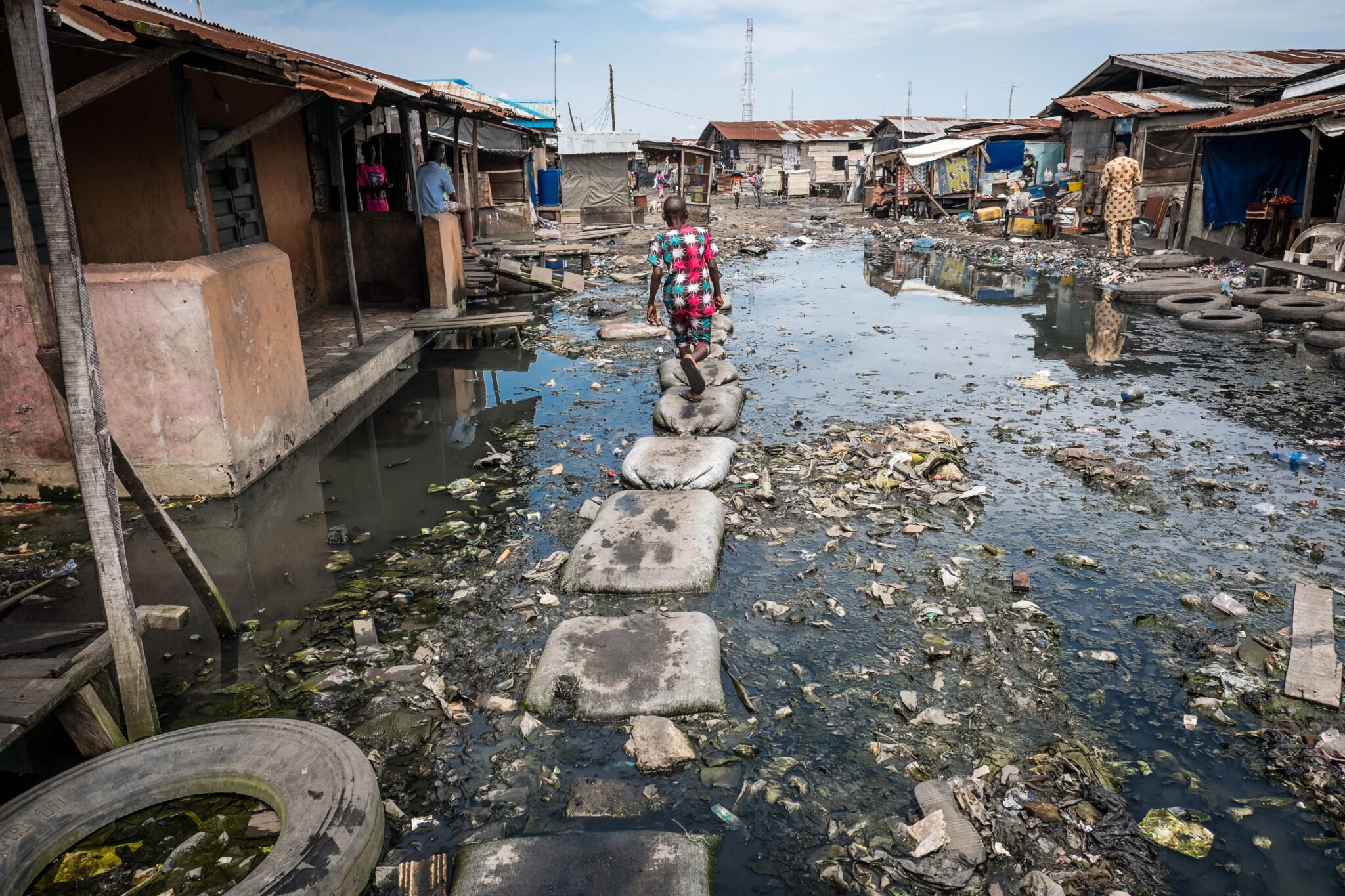These poor conditions led to at least 1.4 million deaths in 2019, according to the latest report on Burden of Disease Attributable to Unsafe Drinking-water, Sanitation and Hygiene, which includes estimates of the proportion of certain diseases attributable to these factors.
Assessments include data from 183 countries and are disaggregated by region, age and gender, and are based on four health symptoms -diarrhea, acute respiratory infections, undernutrition, and soil-transmitted helminthiases (parasite disease, transmitted by the soil).
According to the head of the WHO Department of Environment, Climate Change and Health, Maria Neira, there have been improvements in the levels of these basic services in the last ten years, although progress is uneven and insufficient.
The UN official explained that the need to invest in this area is more important than ever, given the growing health risks already observed due to conflicts, the emergence of antibiotic resistance, the resurgence of cholera outbreaks and the long-term threats of climate change.
The UN health agency found that diarrheal diseases accounted for most of the attributable burden, with over a million deaths, while acute respiratory infections caused by inadequate hand hygiene led to 356,000 deaths and 17 million lost years.
Among children under five, unsafe water, sanitation and hygiene were responsible for 395,000 deaths, accounting for 7.6 percent of the death poll. These figures include 273,000 deaths from diarrhea and 112,000 deaths from acute respiratory infections, the two leading infectious causes of death in children under five worldwide.
The report noted that more than three-quarters of all those deaths occurred in Africa and Southeast Asia, while 89 percent were in low- and lower-middle-income countries.
However, high-income countries are also at risk, as 18 percent of their diarrheal disease burden could be prevented through improved hand hygiene practices.
jg/omr/mem/crc









